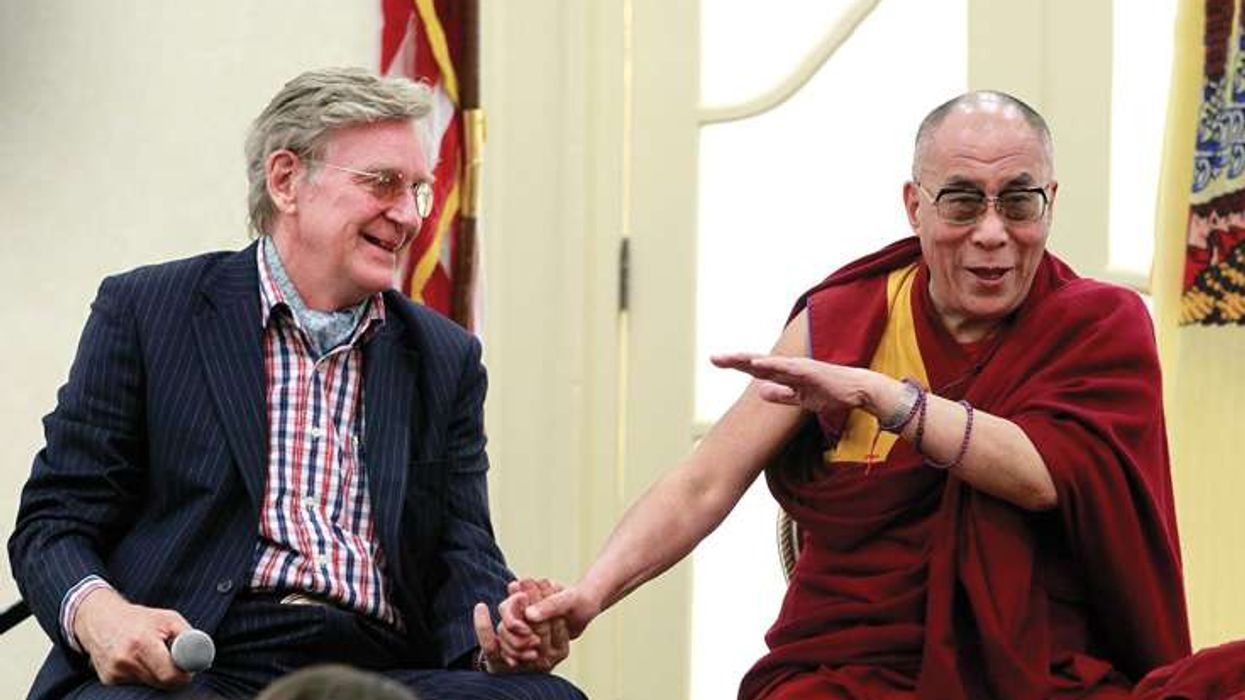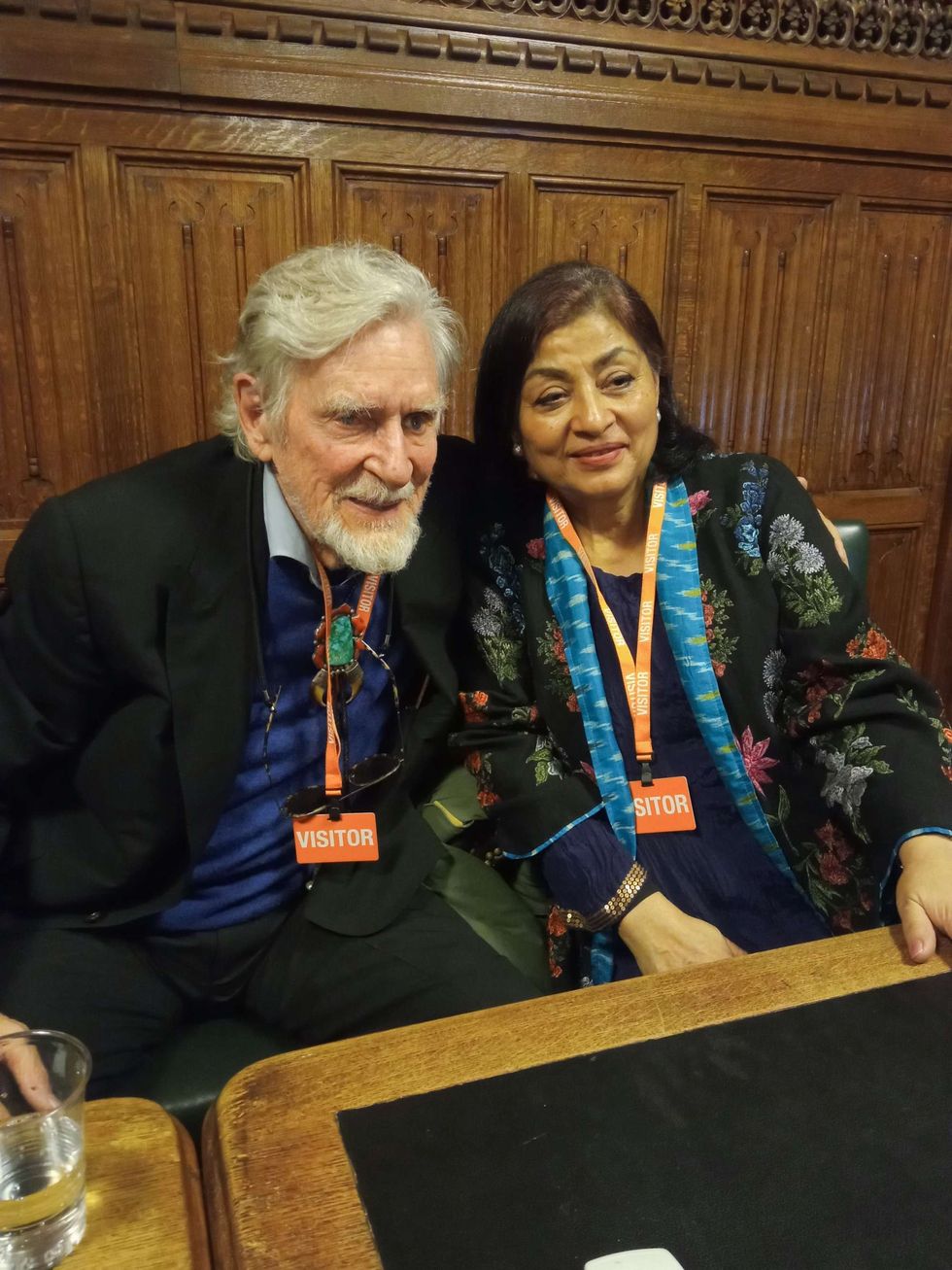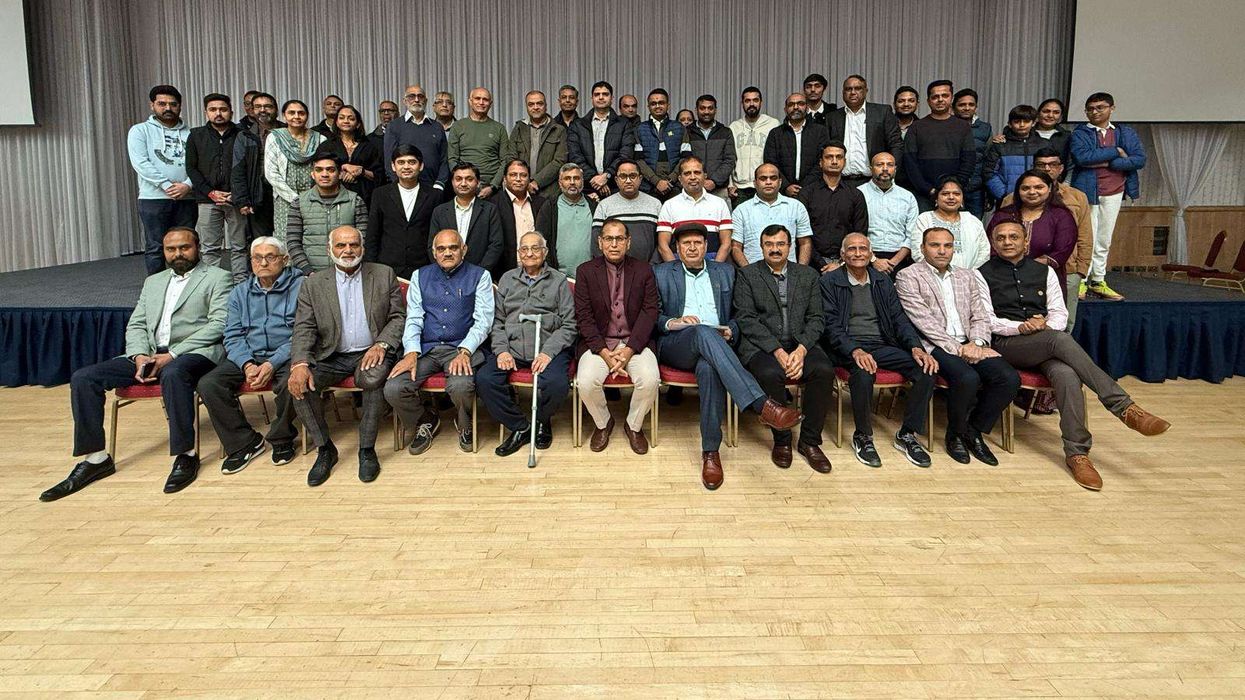NEWHAM is a London borough renowned for its diversity and rich cultural heritage, home to people from around the world. One of the most significant communities are those from across South Asia and this month brings a chance to celebrate their contribution in Newham.
South Asian Heritage Month is an annual moment when we celebrate South Asian culture, commemorate history, and hope to build understanding of the impact and influence these communities have had through time on Newham. Celebrated since 2021, we are proud to have been one of the first boroughs in the UK to mark South Asian Heritage Month.
This year, we are delighted to present a programme of events that includes food, films, literature, games, and art representative of communities from across South Asia. Additionally, to encourage sharing of experience and learning, there will be a range of panel discussions addressing topics such as migration, racism, homophobia, and disability.
South Asian Heritage Month is part of the council’s Newham Unlocked cultural programme that celebrates our borough’s diversity while encouraging greater understanding in order to challenge discrimination and promote equality.
The ambition is to foster a spirit of unity in our borough. This reflects Newham’s proud history of welcoming people from around the world. The borough has long been a hub for immigration, particularly for those from South Asian communities. Each community has brought distinct traditions, histories, and perspectives that have shaped and strengthened Newham’s development.
One example is where the South Asian Community helped spearhead the naming of the road outside London City Hall as Kamal Chunchie Way. Kamal Chunchie, a pioneering race relations activist, was a Sri Lankan soldier who fought for Britain during the First World War.
After settling in Canning Town in the 1920s, he set up the Coloured Men’s Institute in 1926 to support sailors and dock workers of Black and Asian background as well as their families. Chunchie’s selfless efforts were driven by the deep concern he had for the poverty, discrimination, and human suffering they faced.
It is just one example of many acts of political campaigning and anti-racist organising amongst Newham’s South Asian Community. In 1980, following the tragic racist murder of Akhtar Ali Baig on East Ham High Street, 150 Asian and Afro-Caribbean youths marched to Forest Gate police station in protest. This collective action gave rise to the Newham Youth Movement which included several mass demonstrations demanding that racism no longer be ignored.
There is so much to learn from those living in Newham, above all in better appreciating our cultural difference and extraordinary heritage that makes the borough such an exciting place to live. I hope, this South Asian Heritage Month, you can join some of the events we have lined up. To find out more visit www.newhamsouthasianheritage.org
Councillor Rohit K Dasgupta is deputy cabinet lead for social justice and culture, in the borough of Newham in London





 Robert Thurman and Lady Mohini Kent Noon
Robert Thurman and Lady Mohini Kent Noon 







Celebration of diversity in Newham
South Asian Heritage Month is part of the council's Newham Unlocked cultural programme that celebrates our borough's diversity, writes Rohit K Dasgupta